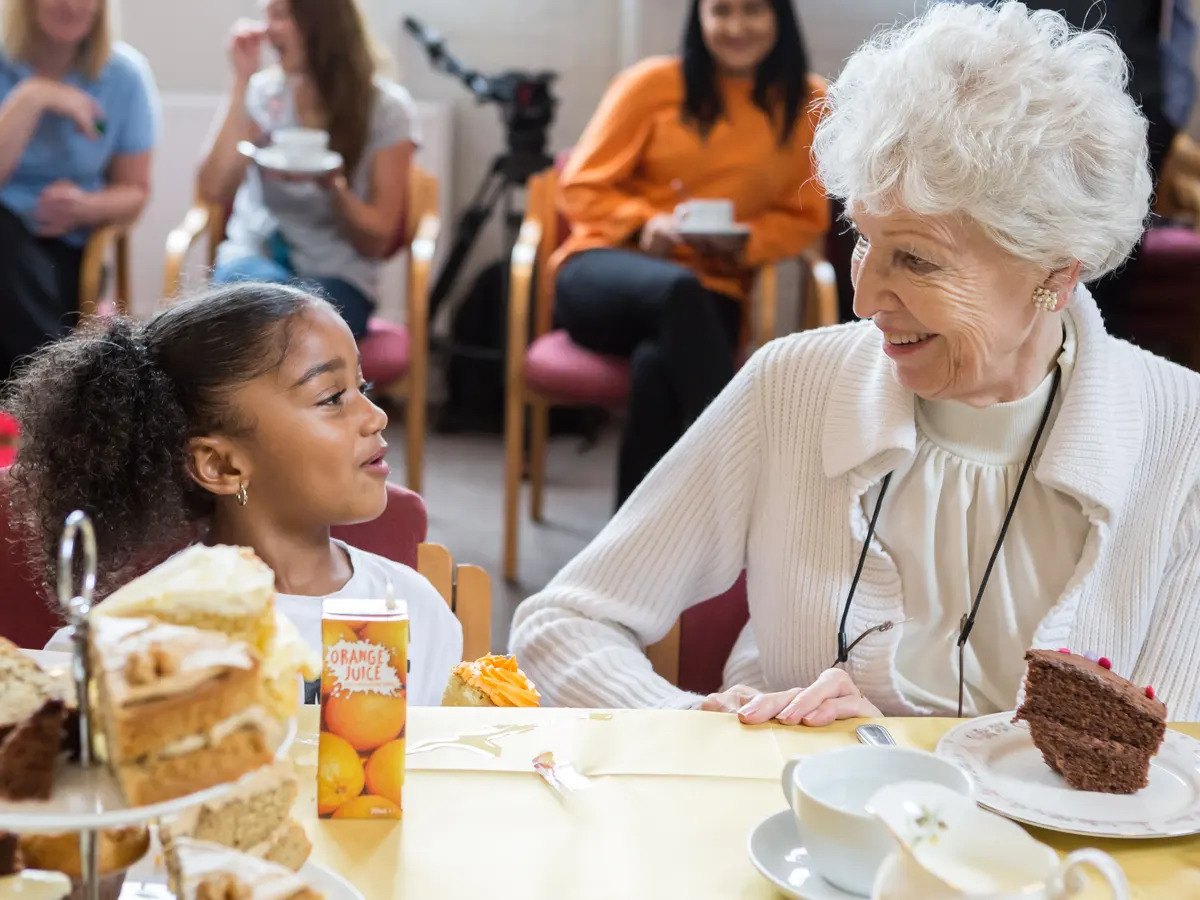
Considerations When Implementing an Intergenerational Living Program in an Assisted Living Community
Intergenerational living programs have gained significant attention in recent years as a powerful way to bridge the generation gap and foster meaningful connections between older adults and younger generations. These programs can create mutually beneficial experiences that promote social engagement, learning, and personal growth. However, implementing an intergenerational living program requires careful planning and consideration.
Set Goals
Before launching an intergenerational living program, it is essential to clearly define the purpose and goals of the initiative. Determine what outcomes you hope to achieve, whether it's promoting social interaction, providing educational opportunities, or enhancing the well-being of residents and participants. Setting clear objectives will guide the design and implementation of the program.
Identify Partners
Next, it is important to identify suitable partners for the intergenerational program, such as local universities or community organizations. Ensure that the partner organization shares the same values and vision for intergenerational connections. It is crucial to establish a collaborative partnership where both parties can actively contribute to the success of the program. Conduct thorough background checks and screening processes for all participating individuals to ensure the safety and security of residents.
Program Design and Activities
Develop a well-rounded program that offers a variety of activities and opportunities for interaction between generations. These activities should cater to the interests and capabilities of both the older and younger generation. Consider incorporating activities such as arts and crafts, storytelling, gardening, music, intergenerational learning projects, or activities that align with the younger generations’ career goals. Strive to create a balanced mix of structured and unstructured activities that foster organic connections and enable meaningful exchanges between participants.
Sensitivity to Resident Needs
While intergenerational programs can be enriching, it is crucial to be mindful of the diverse needs and preferences of assisted living community residents. Some residents may have physical limitations, cognitive impairments, or sensory sensitivities that require special accommodations. Conduct individual assessments and tailor the program to ensure inclusivity and adaptability. Provide adequate staffing and supervision to address any additional support needs, and ensure that residents have the option to participate in activities based on their personal preferences.
Evaluation and Feedback
Regularly evaluate the intergenerational living program to assess its effectiveness and make necessary adjustments. Collect feedback from both residents and participating young adults to gauge their experiences and satisfaction. This feedback can provide valuable insights for program improvement and refinement. Additionally, share success stories and testimonials to showcase the positive impact of the program within the assisted living community and encourage ongoing participation and support.
Implementing an intergenerational living program in an assisted living community can be a transformative experience for residents, young adults, and the broader community. By carefully considering the program's purpose, selecting suitable partners, designing engaging activities, being sensitive to resident needs, and continuously evaluating its impact, the program can flourish and create meaningful connections that enhance the well-being and quality of life for all participants. Through intergenerational living, we can build bridges across generations, foster empathy and understanding, and create a vibrant and inclusive community within the assisted living setting.

